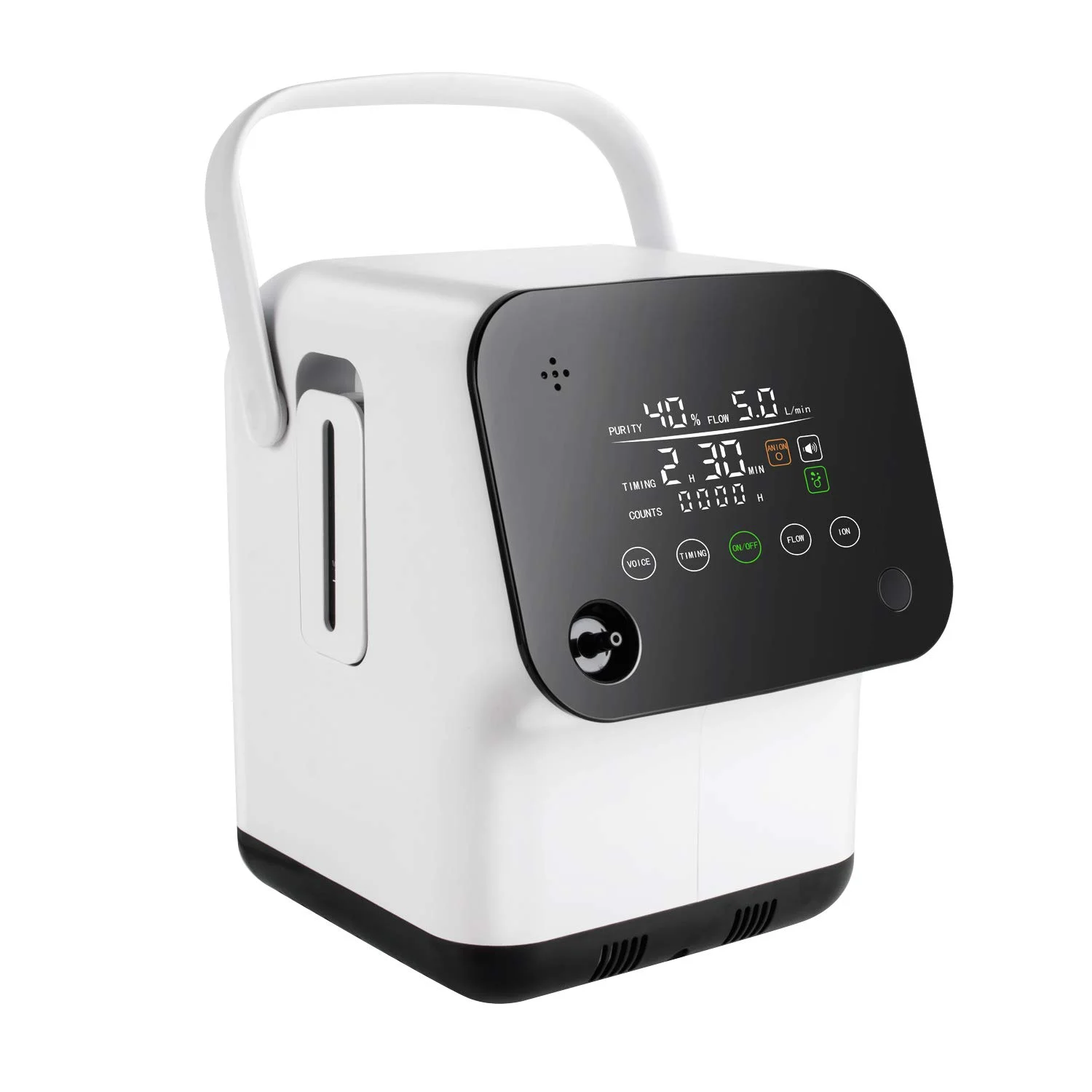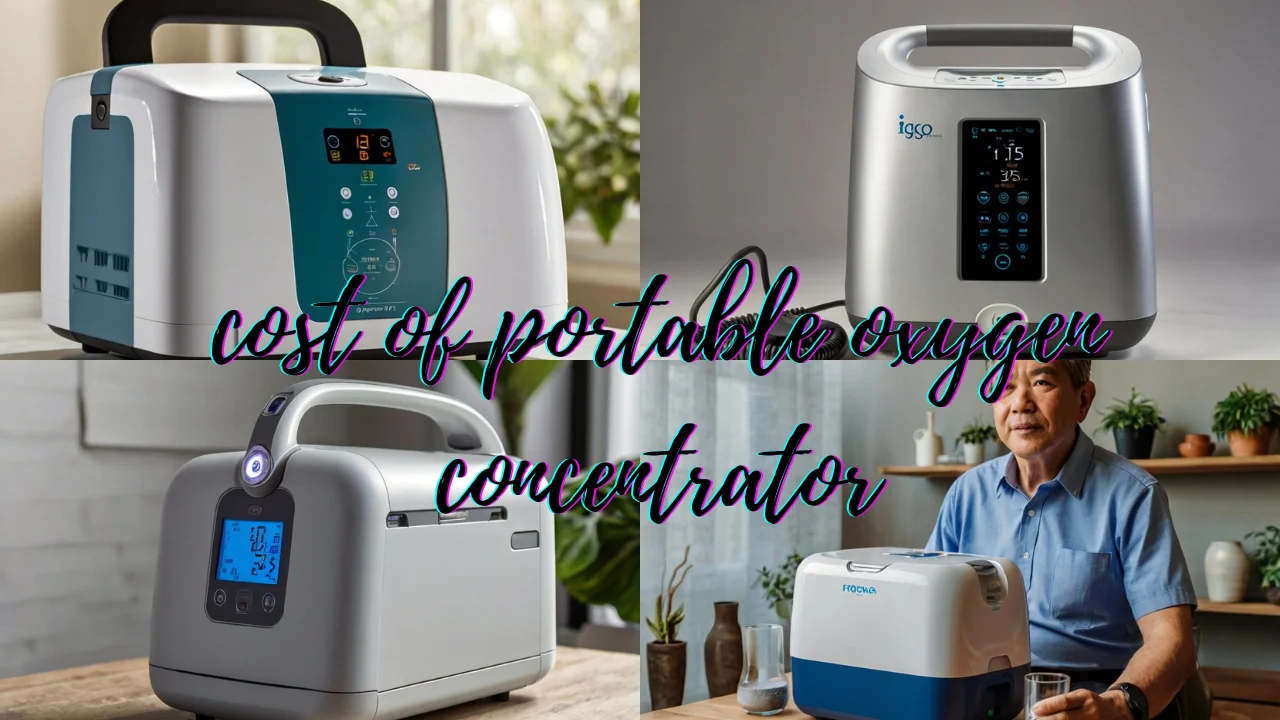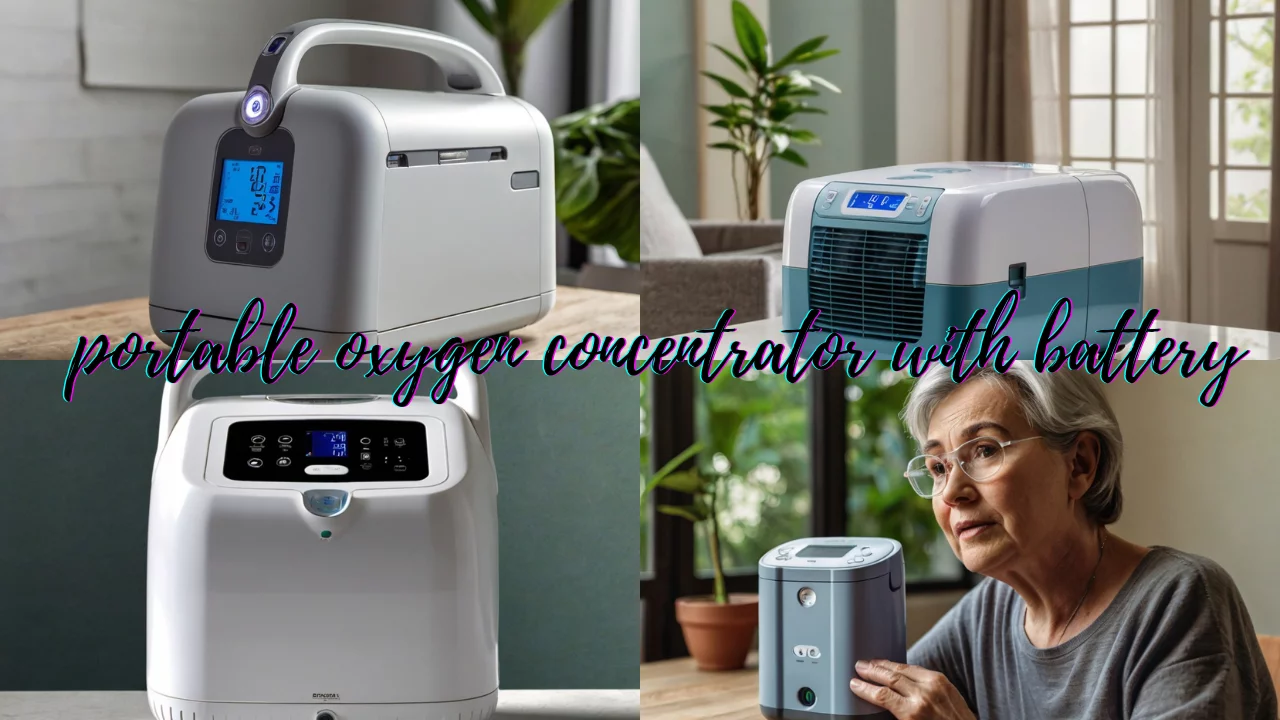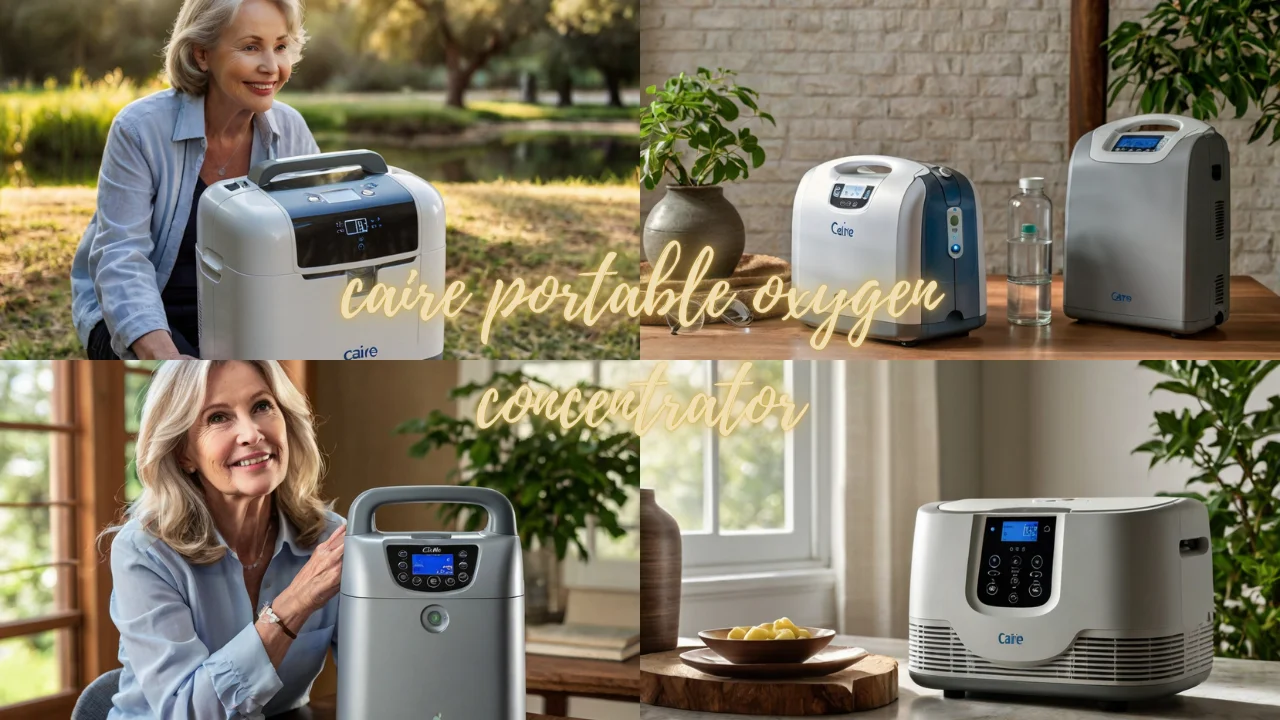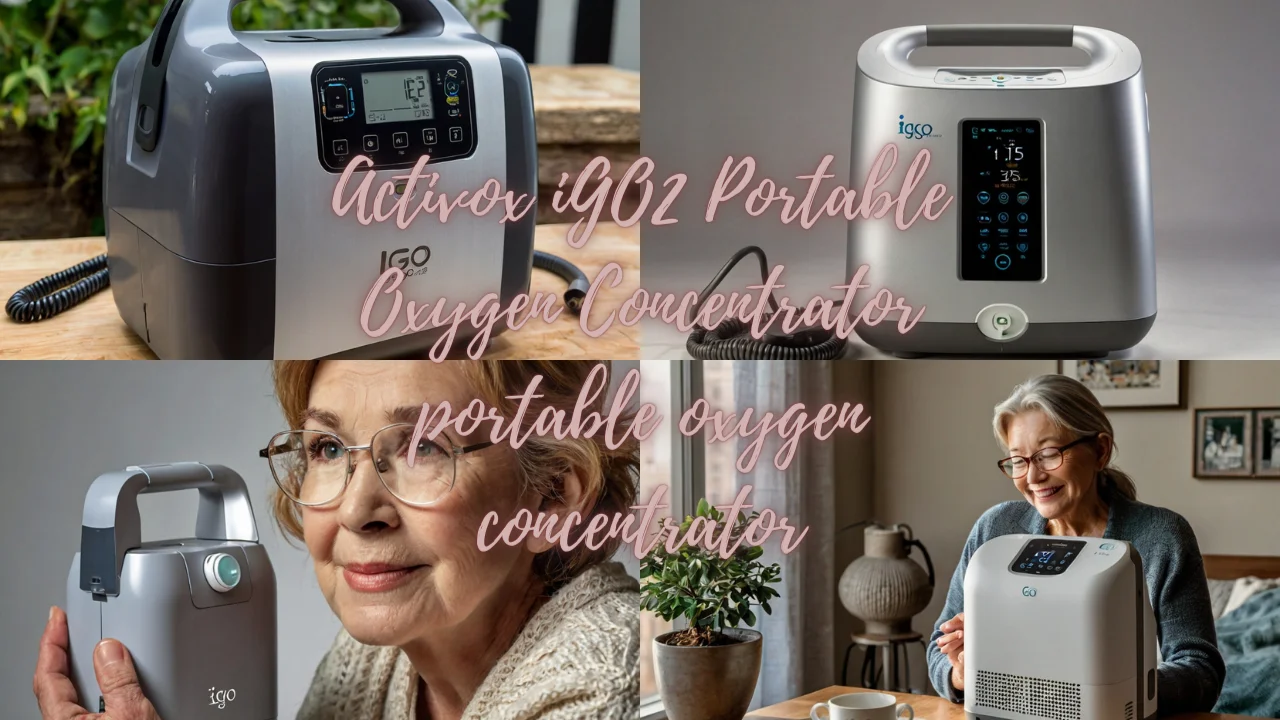Breathing is a fundamental aspect of life, but for some individuals, inhaling the ambient air is not sufficient. Whether due to specific medical conditions, high-altitude destinations, or rigorous athletic pursuits, certain travelers require a supplemental source of oxygen. In the modern age of travel, carrying oxygen has become both a medical necessity and a convenience. This is where the Valing Intelligent Voice Full Touch Screen Solution steps in, revolutionizing the experience of traveling with oxygen.
The Necessity of Traveling with Oxygen
Certain medical conditions, such as chronic obstructive pulmonary disease (COPD), pulmonary fibrosis, or heart disorders, necessitate continuous or occasional oxygen supplementation. As the global population ages and these conditions become more prevalent, the demand for portable and reliable oxygen solutions for travel has risen exponentially.
Valing Intelligent Voice Full Touch Screen Solution: A Deep Dive
Amid a market flooded with options, the Valing solution stands out. Its cutting-edge features, including a voice-command interface and full touch screen, offer users unparalleled ease of use. But it’s not just about the gadgetry; the benefits extend to battery life, portability, and efficient oxygen delivery. The voice command feature, in particular, sets it apart, allowing users to adjust settings without the need for manual intervention – a true testament to smart, user-centred design.
The Right Oxygen Solution for Your Needs
Travelers are presented with a myriad of choices – from travel oxygen concentrators to portable solutions for on-the-go oxygen needs. The right choice hinges on various factors: the duration of the trip, the traveler’s specific medical needs, and the mode of transport, to name a few. The decision-making process might seem overwhelming, but with the right information, travelers can confidently select the best solution.
Understanding Airline Policies on Oxygen
Air travel with oxygen can be a daunting prospect. Every airline has its own set of regulations regarding the carriage of medical equipment. This section demystifies these policies, offering travelers clear guidance on preparation, documentation, and the actual in-flight experience. With the right knowledge, flying with oxygen can be as seamless as any other travel experience.
Safety First: Travel Oxygen Safety Tips
Traveling with oxygen requires vigilance and precaution. Here are crucial safety tips for various transport modes:
- General Precautions: Always store oxygen in a cool, ventilated space. Avoid direct sunlight or enclosed areas where gases can build up.
- Car Travel: Secure tanks to prevent rolling or damage. Never leave them in a locked car, especially under the sun, due to the risk of increased pressure and potential explosion.
- Cruise: Inform the cruise line in advance about your oxygen needs. Ensure your equipment is approved for ship travel and store it safely in your cabin.
- Plane: Familiarize yourself with the airline’s oxygen policies. Some may provide oxygen, while others require passengers to bring approved portable oxygen concentrators.
- Usage: Always keep the oxygen equipment upright. Use nasal cannulas or masks as prescribed, and regularly check equipment for any damage.
Exploring Other Compact Oxygen Solutions for Trips
Beyond the Valing solution, the market boasts a range of travel-friendly oxygen concentrators. This section dives into these alternatives, comparing features, advantages, and potential scenarios where they might be more suitable.
Navigating Oxygen Travel Regulations
Traveling with oxygen across borders presents unique challenges due to varying international regulations. Here’s a brief guide:
Customs: Declare your oxygen equipment at customs. Often, a doctor’s prescription or medical letter verifying the necessity of the equipment is required.
Equipment Standards: Check if your oxygen equipment meets destination country standards, especially for safety. Some airlines have specific requirements regarding battery life or equipment type.
Domestic Travel: Once in the country, internal travel might have different rules. Research if local carriers, trains, or buses accommodate oxygen equipment.
Documentation: Translate essential medical documents into the local language. Consider comprehensive health insurance that covers potential oxygen-related issues.
Refilling & Supplies: Identify local oxygen suppliers in advance. Some countries require a local prescription for refills.
Country-Specific Rules: Some nations have strict import regulations on medical equipment. Ensure you’re compliant.
Emergency Plan: Have backup options like extra batteries or knowledge of nearby medical facilities.
Conclusion
Traveling with oxygen, once perceived as a daunting challenge, is now simpler than ever, thanks to innovations like the Valing Intelligent Voice Full Touch Screen Solution. For those who require supplemental oxygen, this marks not just a technological advancement but a leap towards freedom, autonomy, and the joys of travel. We urge travelers to stay informed, prioritize safety, and never let their oxygen needs hinder their wanderlust.


